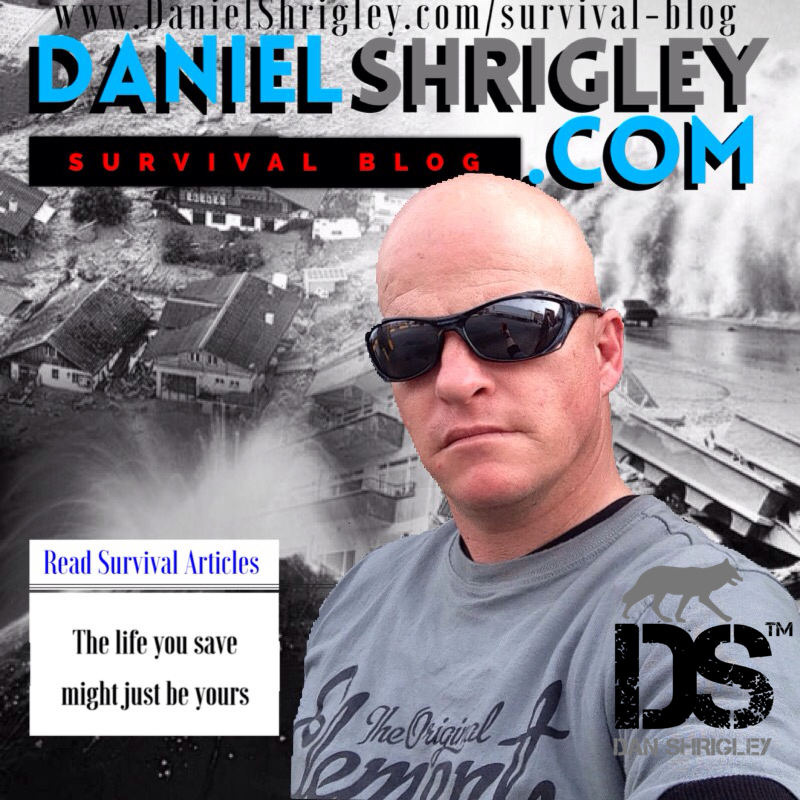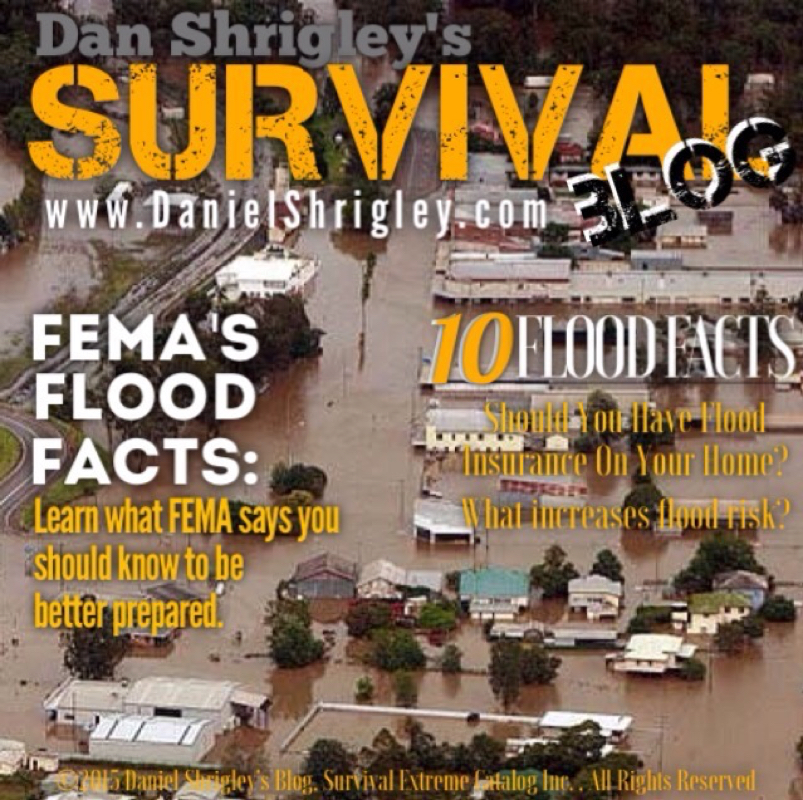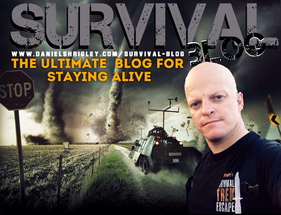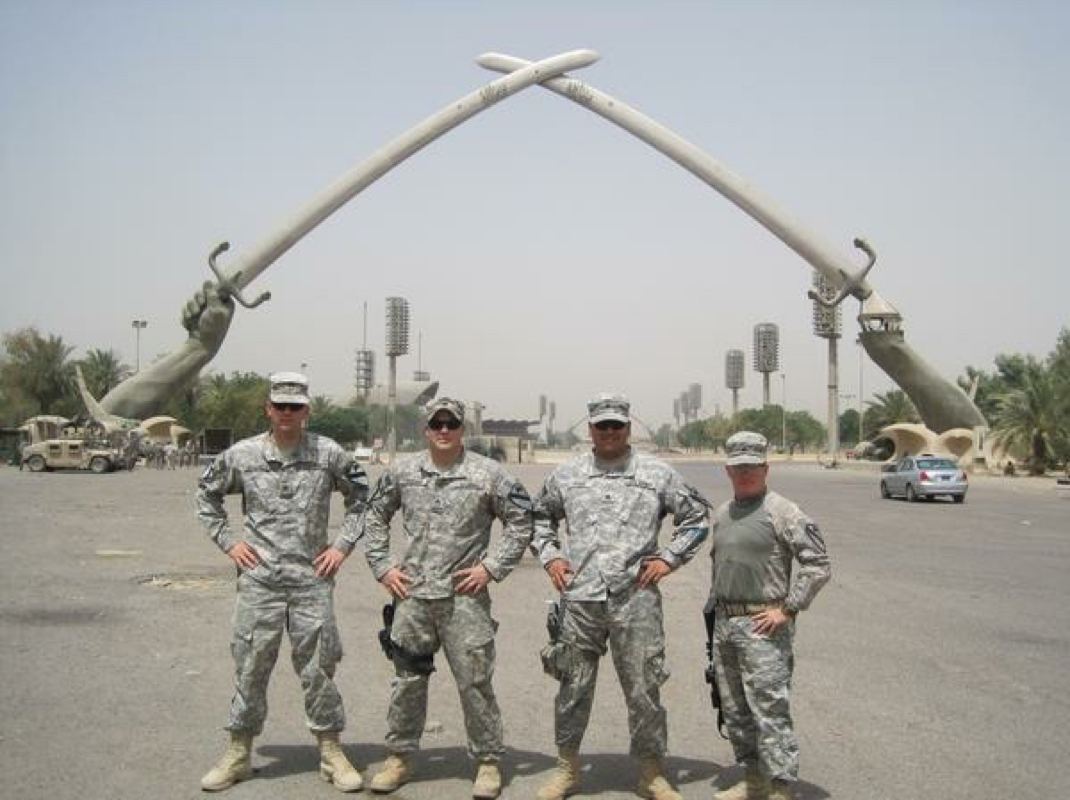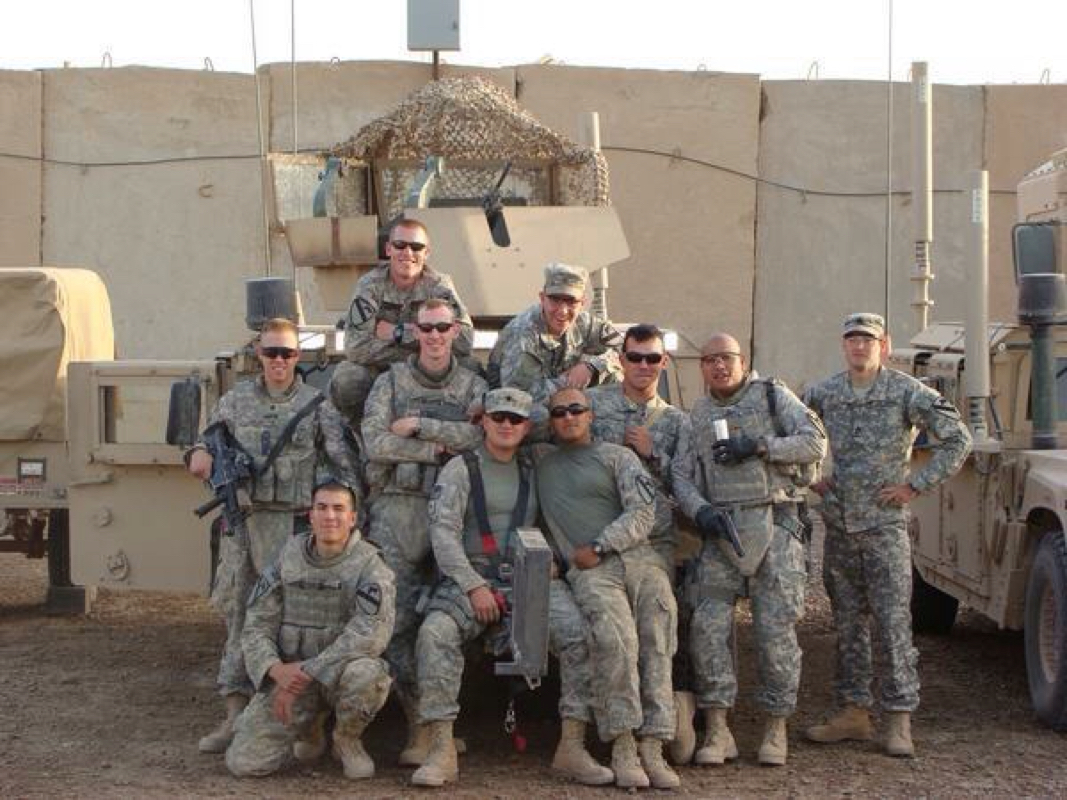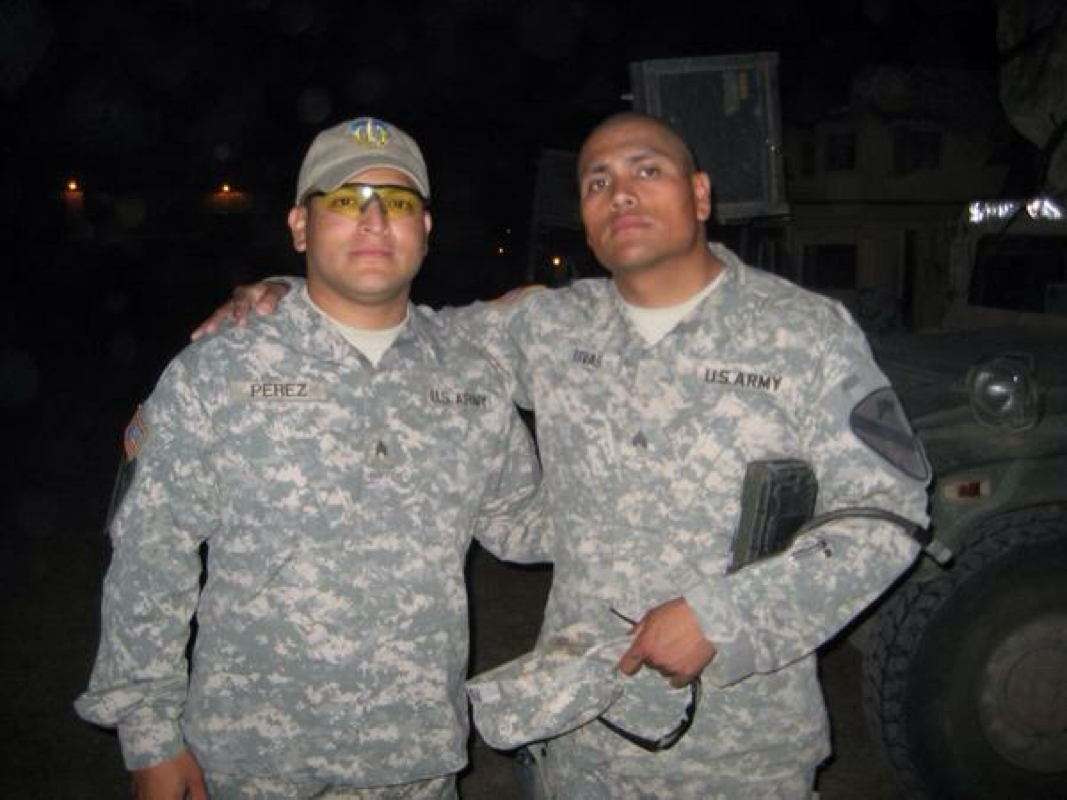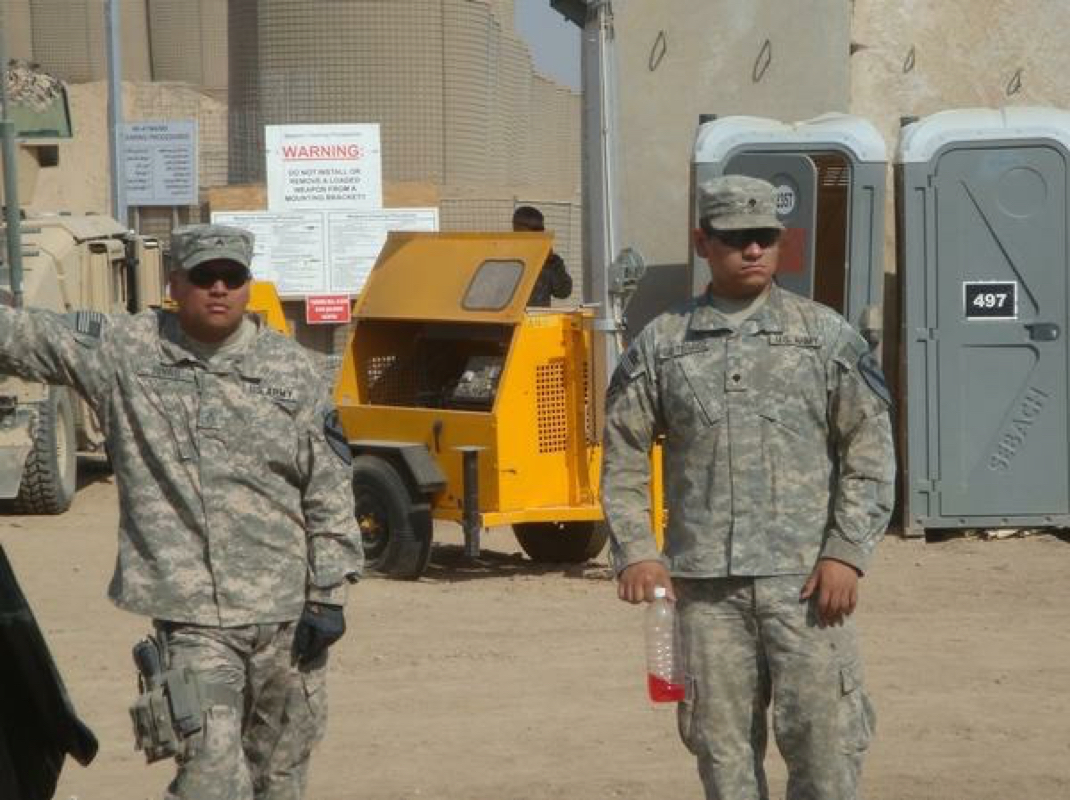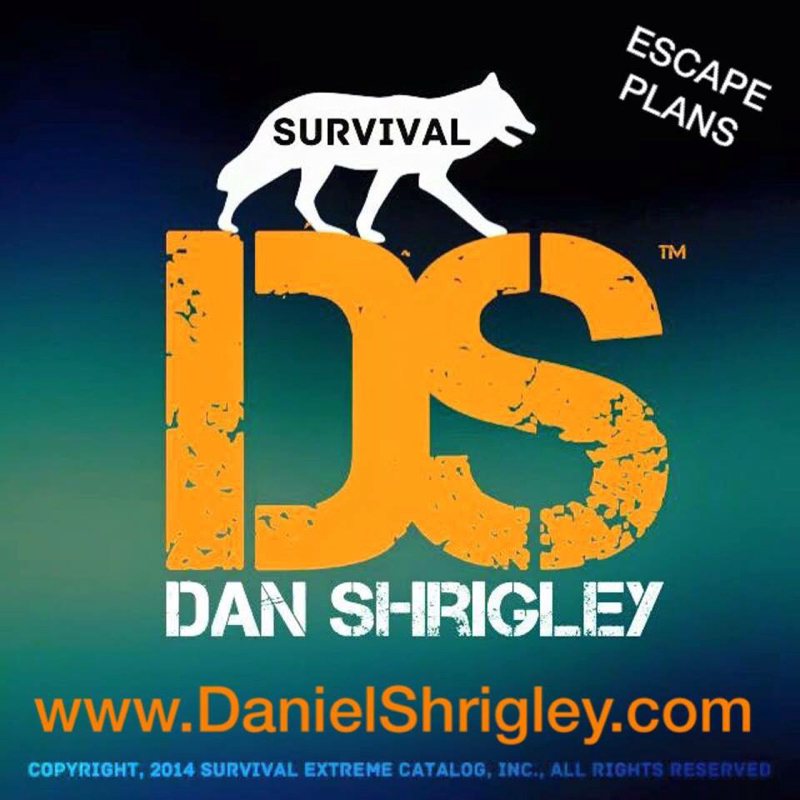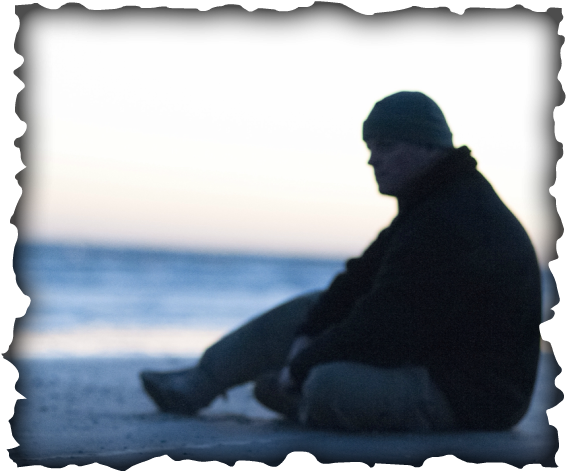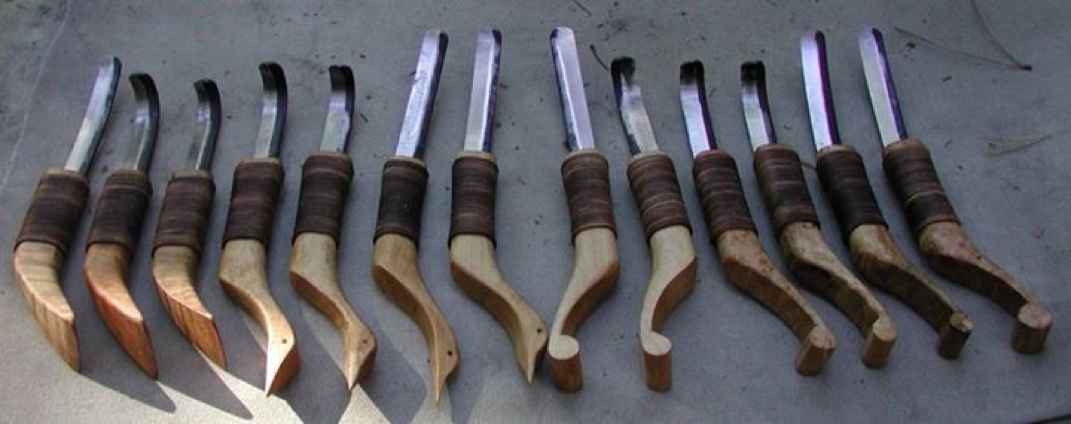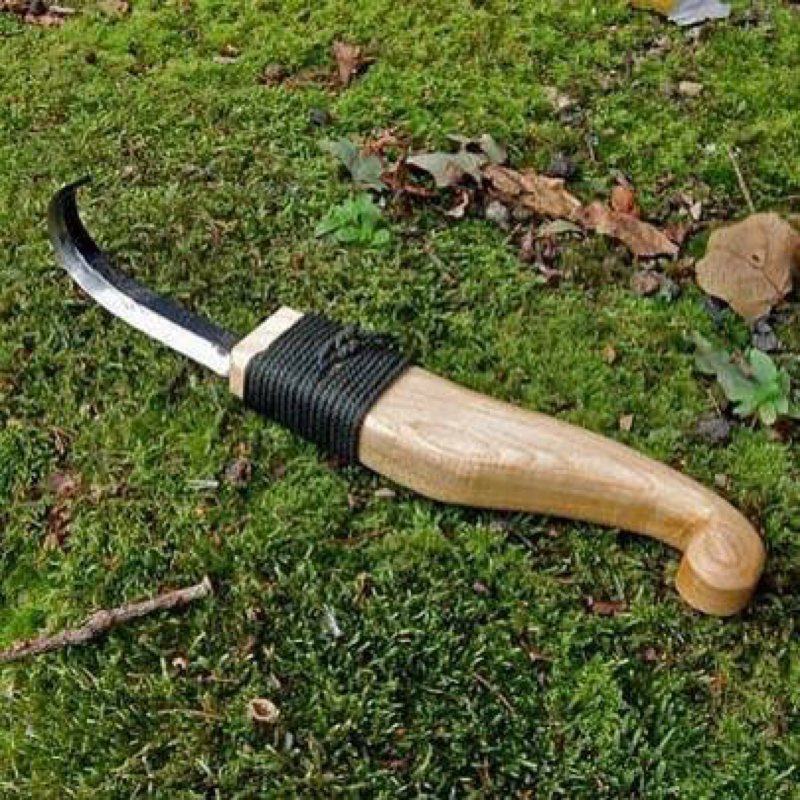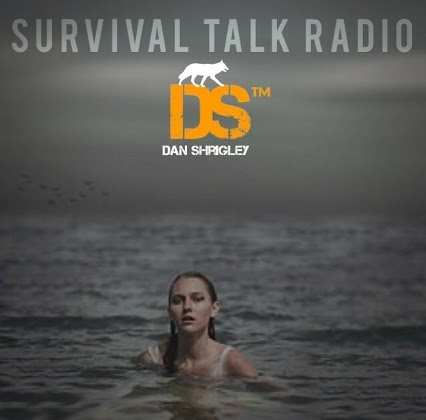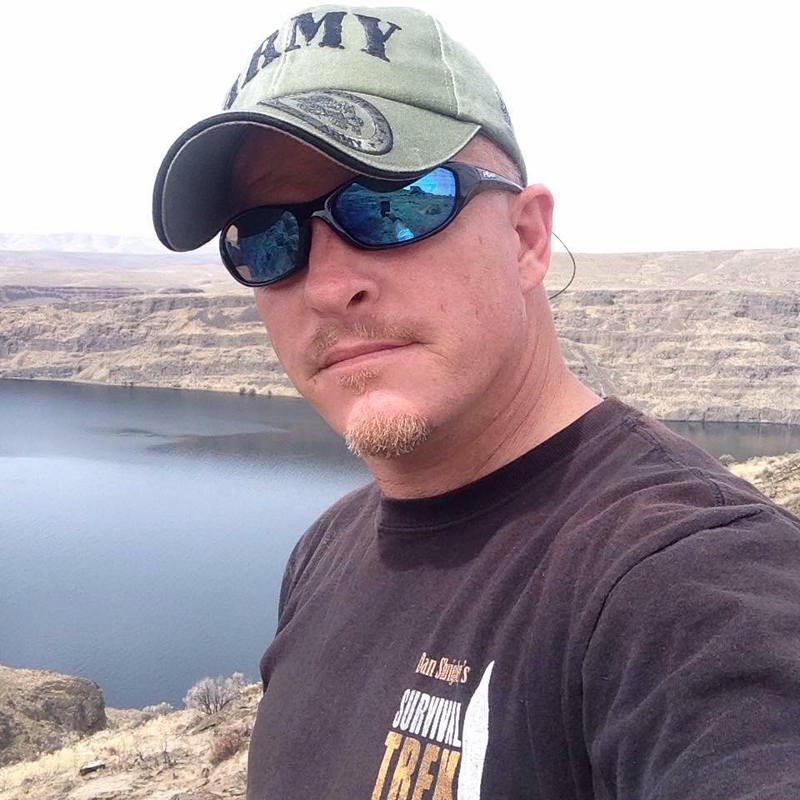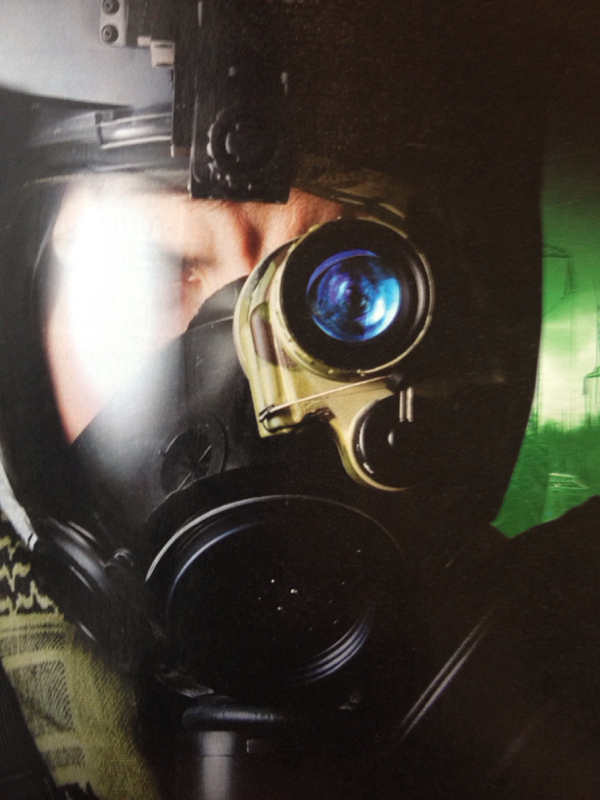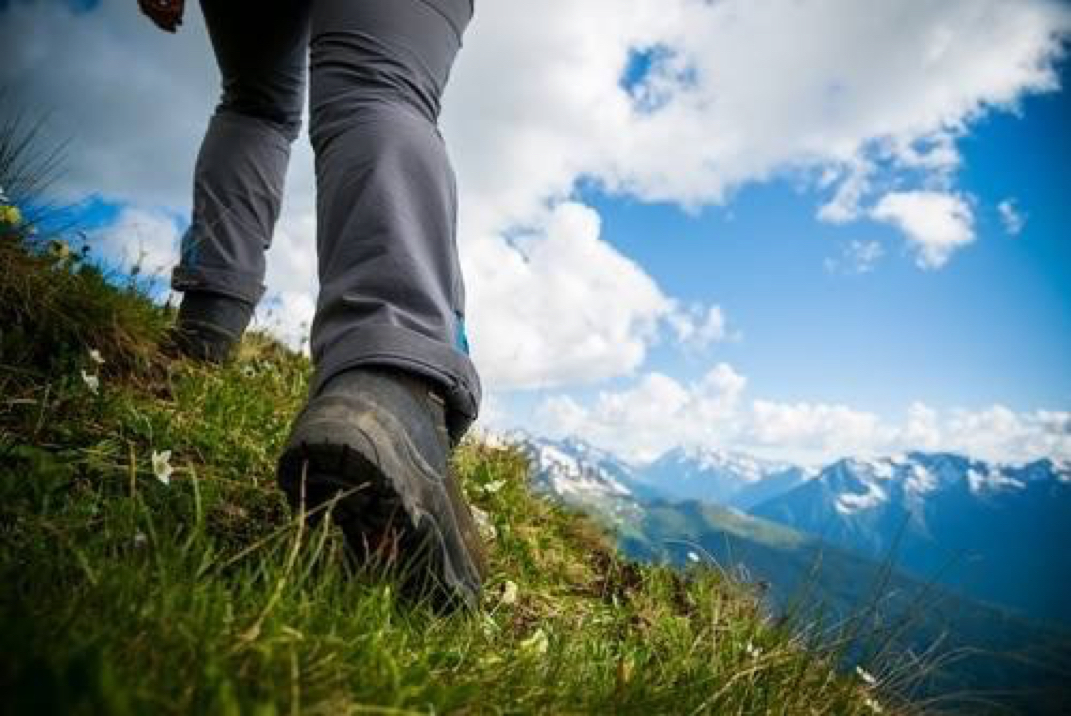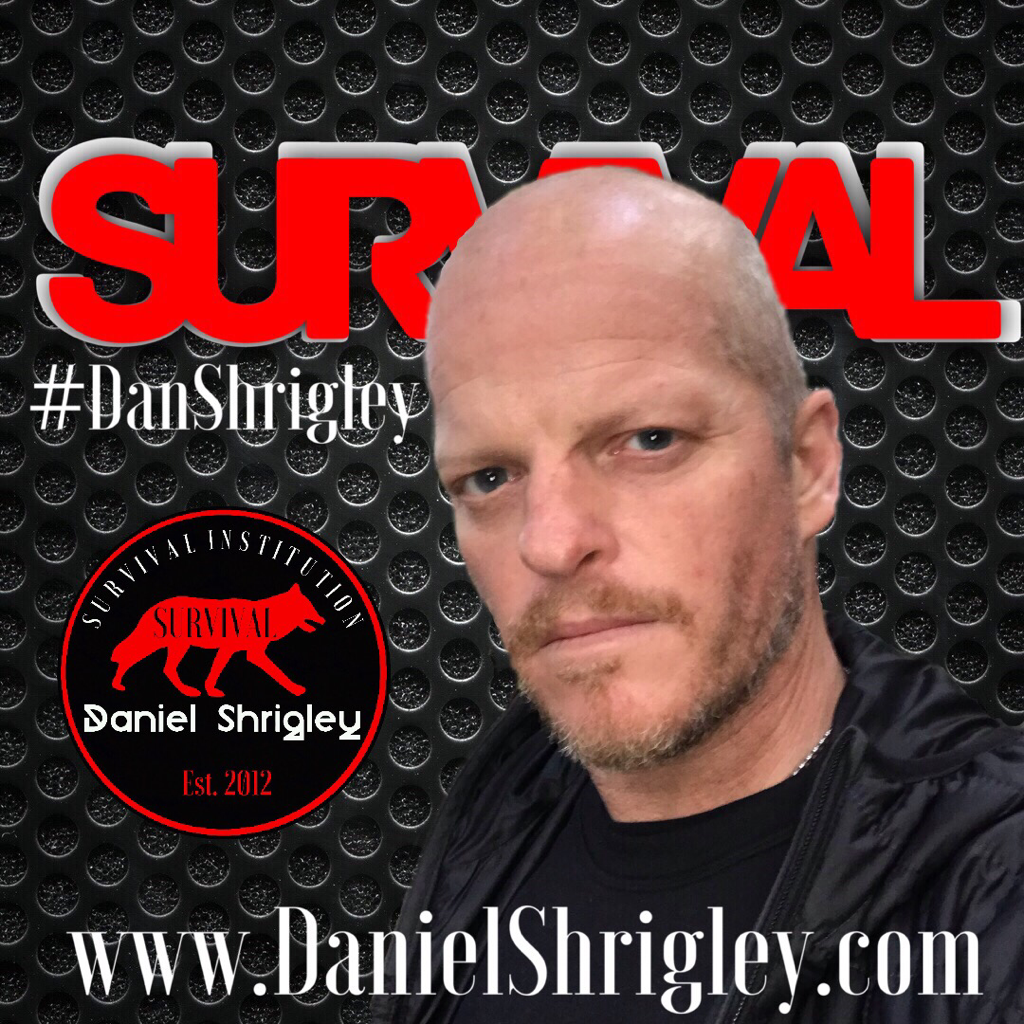The Iraq War 201123/9/2015 Thought I would share a few Army photos from the Iraq war, this was from my third deployment out of four. 2011 I'm in Iraq, Baghdad @ Saddam Hussein's Cross Sabers at his Go to war parade field. 2011 that's my guys, Bravo Section, Alpha Troop, 1-7 Cavalry Squadron, 1 Brigade Combat Team.... 🇺🇸 #DanShrigley #Army #USA #Iraq #War 2011 FAMILY ESCAPE PLAN15/9/2015 YOUR FAMILY ESCAPE PLAN:
Adopt into practice escape planning and meet up points in case of disaster or emergencies. With school shootings, riots, crime, severe weather, adopting an escape plan saves lives. Here are key points to consider. 1.) At home, work, school, or a concert downtown. Plan an escape route out of your individual area. 2.) Supplies are important, check your inventory before an emergency and restock if needed. 3.) A flashlight, a radio and canned goods, water proof matches, pocket knife, gloves, rain jacket, extra water, (3) Days food rations per person. 4.) Practice escaping with family members to a designated meet up location. While testing your plan, test your family's ability to tune the radio into local news stations. 5.) In crowded urban areas always point out and establish with your group designated link up points and time intervals to check in. 6.) Every responsible member should know how to start up s fire for warmth, signal, and water/food. 7.) while you are waiting be very patient for members of your family/group to arrive. In an emergency nothing happens fast enough so remain calm. 8.) Practice makes perfect, keep updated with these tips and you and your family will reunite. 9.) Should a member fall victim or die. Render aid to the wounded. For the death of a member, remember to focus on the living you need them and they need you. We can always deal with our lost loved ones when it's safe. MY SURVIVAL THOUGHTS FROM THE FIELD14/9/2015
Crook Knife10/9/2015 The Crook Knife or Crooked Knife, Eskimo or Indian Knife. This knife allows you to carve wood in to shapes. You can use this knife to make spoons or bowls. By doing this you are making handy tools to use while outdoors. Settlers used this knife to help minimize load bearing. This way they only carried on horseback or stagecoach what was truly needed. If I were in a survival situation this would be my knife of choice. Aside of that bushcraft skills on weapon or tool construction would serve me well.
SURVIVORS CREED10/9/2015
Daniel W. Shrigley
As a minimalist in bushcraft, I rely on skill and nature to provide my tools. However technology makes tasks easy, precise and expedited. If you are a Disaster Prepper, you will rely on technology more and a survivalist or woodsman. As a combat arms war fighter, specializing in reconnaissance in the U.S. Cavalry Scouts. I used in real world operations military grade Night Vision and Thermal Vision devices. These devices with the technology behind them were combat multipliers. Delivering battlefield advantage over enemy combatants. Providing the obvious for Soldiers, the ability to see in the pitch black darkness of night. Sometimes the NVG's (Night Vision Goggles) were used during the day, inside buildings that had the sun blocked out. These devices also come in handy for cave adventurers. The ability to see at night as if it were daylight under stealth like conditions gives home field advantage. Consider adding NVG's to your inventory. Be sure to stock plenty of back up batteries. These devices burn through energy cells fast. Night vision is a wonderful tool for security of your property and offers stealthy, clear, wide scope vision. Flashlights render white light and cast illuminated beamed energy in a shape of a funnel expanding across an area. Therefore giving your position away to threats that may target you or your property. On the market you will find plenty of night sight and night vision goggles. The best type to purchase are always military specification, otherwise referred to as Mil-Spec. Military needs a device to be durable, long lasting and precise. So should you have these same requirements. Beware of cheap civilian knock off's. Sometimes an item might look tactical or cool, but the quality is left for much improvement. By this time you already spent your hard earned money. Be careful not to waste your cash on low quality. The best method is to shop around and test various makes and models. The idea is to buy a product you will enjoy for years to come. Outdoors expos and gun shows are a wonderful place to test these and many other amazing products at the exhibitors tables. Night vision and thermal vision devices come with various mounts and attachments. You can mount these to your helmet to your head or to your weapons platform. Thermal vision devices are far more costly, always a better way to go if you have the disposable income to purchase. Thermal devices use heat signatures to generate a image. Sometimes allowing you to in certain cases see through a barrier or container. They also see things like friction heat for example a fresh foot print of a assailant who is running and hiding. Being that both thermal vision and night vision can also be weapon mounted, giving you an extremely deadly advantage over an evil force trying to criminally harm or kill you or a loved one. I never support extremism in prepping or doomsday, zombie everything must die mentality. I always teach community and infrastructure rebuilding when it comes to prepping as a focal point to recovery of our American way of life. However in recent years we have seen examples of criminal elements destroying communities to include even their own communities for personal gain. Criminals will be criminals, the law abiding citizen must be equipped to protect themselves. When law enforcement and the military are outnumbered or over tasked. These technology enhancers even the odds and tipping the scales in your favor when it comes to self-defense. Do you know the difference between "lost" and "stranded?".
Lost is not knowing where you are, or which way you should go. Stranded is [usually] knowing where you are but no one else seems to know where you are. Now according to most survival books, websites and search & rescue (SAR) teams. RULE # 1 - Before you take off and go anywhere you should tell someone (a) where you are going and (b) what time you will be back or be arriving at your final destination. Just in case you don't make it back or to your final destination within a certain time a search and rescue (SAR) party will know where to start looking for you. RULE #2 - Should you become lost or stranded in a disabled vehicle or you're a survivor of a plane crash, it's best to remain with the vehicle or plane. As it will be easier for a SAR party to find you in a stationery position than to look for a moving person or a group of people who have no idea where they are going. If there's no vehicle or plane and you are on foot and you have no idea where in the hell you are or which way you should go. Then again, it's best to stay where you are as it will be easier for a SAR party to find you in a stationery position then to try to look for you wandering around aimlessly not knowing where you are going. If you broke RULE # 1 - Failed to tell someone where you are going before you took off.. Then you can skip RULE # 2 and proceed directly to RULE # 3 - DON'T PANIC & LOSE YOUR HEAD, S.T.O.P.. Stop moving, sit down, relax, and think where you may have got lost. Observe your surroundings and try back tracking a little bit. See if you can recognize the terrain. And if you don't, sit down, take a deep breath and admit to yourself... "Well it looks like I'm lost, what should I plan to do next?" Well for starters you should listen up for signs of civilization. Such as listening for sounds of vehicles, trains, church bells, factory noise, etc.. This will give you a general sense of direction as to which way civilization might be located. If you do not hear anything, then look around and proceed to the nearest and highest piece of ground. From there look for buildings, towns, church steeples, roads, railroad tracks, fences, power lines, telephone lines, etc.. This will lead you back to civilization. If there's no high ground then climb the nearest and tallest tree. If you do not see or hear any signs of civilization but you see a stream, creek or river, then follow that instead. Bodies of water will not only provide you a source of water for drinking but will most likely lead you back to civilization. Possibly to some trails or roads that will get you back to civilization. Should you be on the move and you don't see or hear anything that can help guide you back to civilization, weather changes, temperature changes, darkness is quickly approaching. It's best to stop and stay where you are for the night. Begin building a shelter and fire before it's too late. Leave yourself plenty of daylight to build the shelter and fire, several hours. Avoid the risks of getting wet, cold and not seeing where you're going. Archives
June 2023
|
All Rights Reserved, Copyright © 2012 - 2022 Survival Extreme Catalog Inc. All Rights Reserved, Copyright © 2012 - 2022 Survival Trek Escape. All Rights Reserved, Copyright © 2012 - 2022 Survival Talk Radio.
